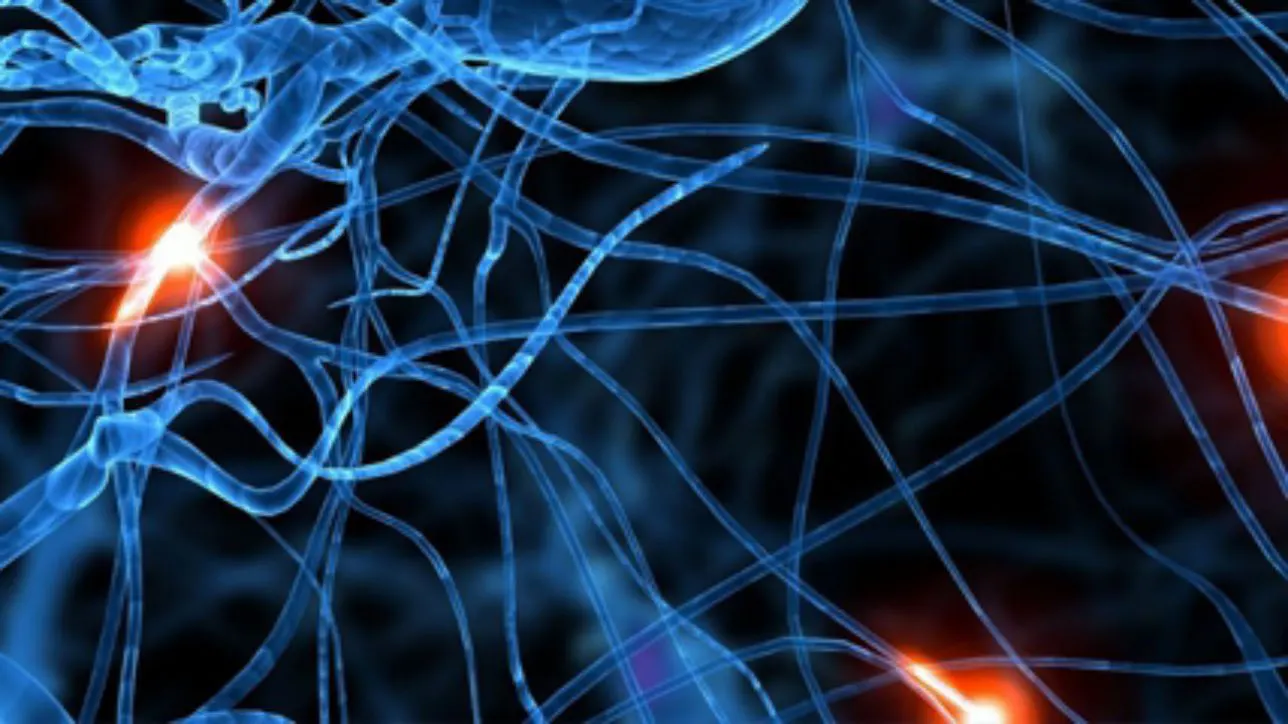To date two different cannabinoid receptors, CB1 and CB2, have been identified. Knockout mice for both of these cannabinoid receptors have been created however these mice still exhibit behavioral, biochemical, and electrophysiological responses when cannabinoids are applied, suggesting the presence of other cannabinoid receptor subtypes. These responses are thought to be produced through the three putative cannabinoid receptors GPR18, GPR55, and GPR119.
GPR18
GPR18 is expressed in gastrointestinal, immune and testicular tissues, as well as the striatum, cerebellum, and brain stem. This receptor is activated by N-arachidonoylglycine (NAGly), a metabolite of anandamide. This receptor is found on microglial cells in the brain where it regulates the initiation of the migration of these cells following CNS injury or inflammation (McHugh, 2012).
GPR55
GPR55 is primarily expressed in the striatum and cerebellum but is also expressed in osteoclasts where it has been shown to regulate bone function. This receptor shares limited conserved regions with CB1 and CB2 however potential binding sites have been identified by homology modeling. The most well studied ligand for this receptor is l-α-Lysophosphatidylinositol or LPI which they have also shown to be implicated in microglial migration using in vitro models of excitotoxicity (Kallendrusch, 2013).
GPR55 signaling is involved in gastrointestinal function and has also been shown to form heteromers with both CB1 and CB2. In many cancers both GPR55 and CB2 are overexpressed and it is believed that the unique signaling that arises from the CB2-GPR55 heteromer could be what gives rise to the antitumoural properties of THC (Moreno, 2014).
GPR119
GPR119 is expressed predominantly in the brain, gastrointestinal tract, and pancreas where it has been shown to regulate the secretion of insulin making it an attractive target for the treatment of diabetes. Oral administration of small molecule GPR119 agonists has been shown to improve glucose tolerance in both rodents and humans (Shah, 2010).
Sources:
- Scicho, 2012. “A potential role for GPR55 in gastrointestinal functions” Curr Opin Pharmacol. Dec 2012; 12(6): 653–658.
- Moreno, 2014. “Targeting CB2-GPR55 Receptor Heteromers Modulates Cancer Cell Signaling” J Biol Chem. 2014 Jun 18. pii: jbc.M114.561761
- Kallendrusch, 2013. “The G protein-coupled receptor 55 ligand l-α-lysophosphatidylinositol exerts microglia-dependent neuroprotection after excitotoxic lesion.” Glia. 2013 Nov;61(11):1822-31.
- Shah, 2010. “GPR119 agonists for the potential treatment of type 2 diabetes and related metabolic disorders” Vitam Horm. 2010;84:415-48.
- McHugh, 2012 “GPR18 in microglia: implications for the CNS and endocannabinoid system signalling” Br J Pharmacol. 2012 Dec;167(8):1575-82

